It’s safe to say that the Street Fighter franchise is a global phenomenon.
From playing in arcades or on home consoles, many have memories of spending hours with the series with friends or against the coin-guzzling AI. Even people that have no knowledge of video games know about Street Fighter. It makes sense, then, that the fighting game that revolves around bringing people across the world together to battle has that lasting impact in real life.
Admittedly, I don’t have many experiences with fighting games as a whole except for two games, the Super Smash Bros. series and Street Fighter II. In fact, the latter is my preferred game to play when I’m with friends at those video game pubs.
My connection to Street Fighter II also comes from playing with my family, specifically on the Super NES Classic with my little cousin, who was around 4-5 years old and still getting introduced to video games. Whether it was spamming Chun Li’s lightning kicks or Honda’s broken hundred-hand claps, we had a blast seeing my cousin’s reaction to wins and losses. My uncle and aunt also joined in on the fun so it was truly a family moment that I hold dear.
Despite my fond memories of the second game, I haven’t felt much excitement around the modern entries. The PlayStation 3 era is when I invested heavily in first-person shooter games which meant that Street Fighter IV didn’t catch my eye at the time. Then, there was Street Fighter V’s infamous launch that suffered from content issues and, in my own personal view, was visually lacking.
However, Street Fighter 6 was the first modern entry to really grab my interest. Before my own hands-on with the game at EVO Japan, I was amazed by how stylistic the game looked. Whether it was due to Capcom’s excellent marketing strategies, the Resident Evil series’ RE Engine (that evolves the character models beyond belief) or the game’s aesthetics, Street Fighter 6 had my attention.
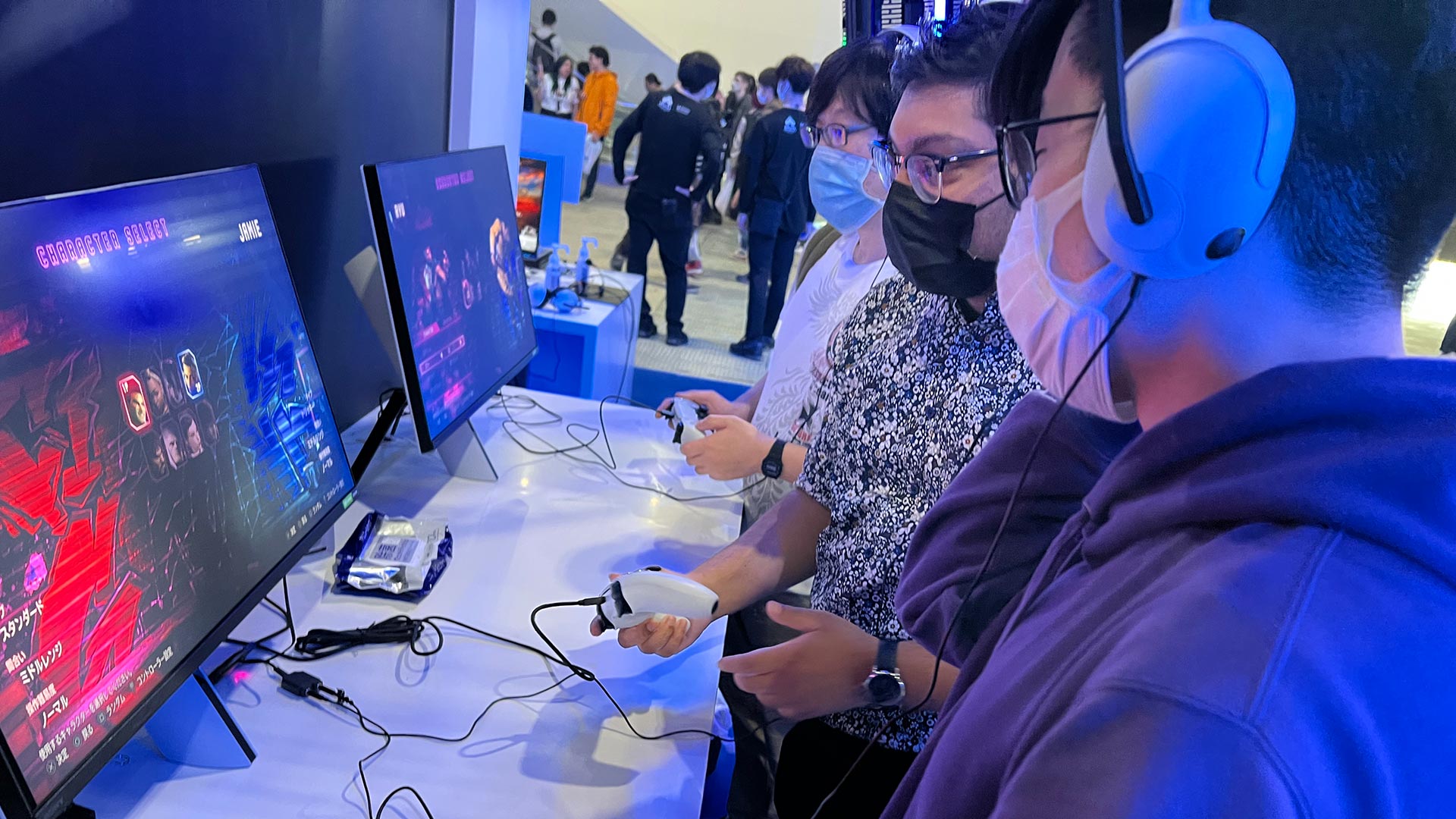
Me at EVO Japan playing SF6.
During my time with this game for review, I’m happy to say that Street Fighter 6 will also have my investment for years to come.
Searching for strength in your personalized World Tour
One feature that had me curious from all the promotional material is the World Tour mode.
Unlike the other modes in other Street Fighter titles that tell their stories through the arcade mode, this was advertised as a story-focused campaign with RPG elements. Capcom wasn’t kidding, either, as World Tour has a full-fledged story, extensive character customization, and an RPG system that consists of a levelling system, skill tree, side quests, damage scaling based on your clothes (or armour) and items that you can use during battles. Besides the required fights in the story, you can literally battle most of the NPCs in the world, whether they’re criminals, food vendors or even cops.
How your own character fights is determined by your ‘Master Style,’ which mimics the unique base attacks from a specific Fighter. For example, since you start off with Luke at the beginning, your character will control exactly like him, but you can find other Street Fighter characters throughout your adventure. There are a lot of fun cutscenes as a result, as it shows your character training with their ‘master.’ You also get more of their backstory and personalities the more you interact with them.
“I have a few issues with World Tour that can be solved with further patches (and possibly the Day 1 patch).”
One aspect you’ll have to keep in mind is that you don’t automatically start out with all the move sets after you become their student. Instead, there’s a level-up system based on how long you use their fighting style or if you battle other people that use it. Since there are no limitations to enrolling yourself as a student to a specific master, you can customize your move set with what you’ve unlocked as a result. This essentially gives you the freedom to mix and match with various move sets despite what you choose as your fighting style.
Do you want to play like Cammy but also combine some of her moves with Chun-Li’s lightning kicks and Zangief’s throw? It can all be done in World Tour mode. The only setback with these benefits is the readjustment you will have to do when you engage in the other modes outside of World Tour. As a result and without spoiling the fan-service moments and interactions, World Tour is a worthwhile experience that really focuses on limitless customization.
Keeping all of this in mind, I have a few issues with World Tour that can be solved with further patches (and possibly the Day 1 patch). First: the graphics. While the RE Engine does wonders with how the characters, stages and actual combat look, it doesn’t correlate well over to World Tour mode. The NPC models look like an early PS4 title (I compared it to Final Fantasy XV’s NPCs) and there are some texture clippings depending on what clothes you equip.
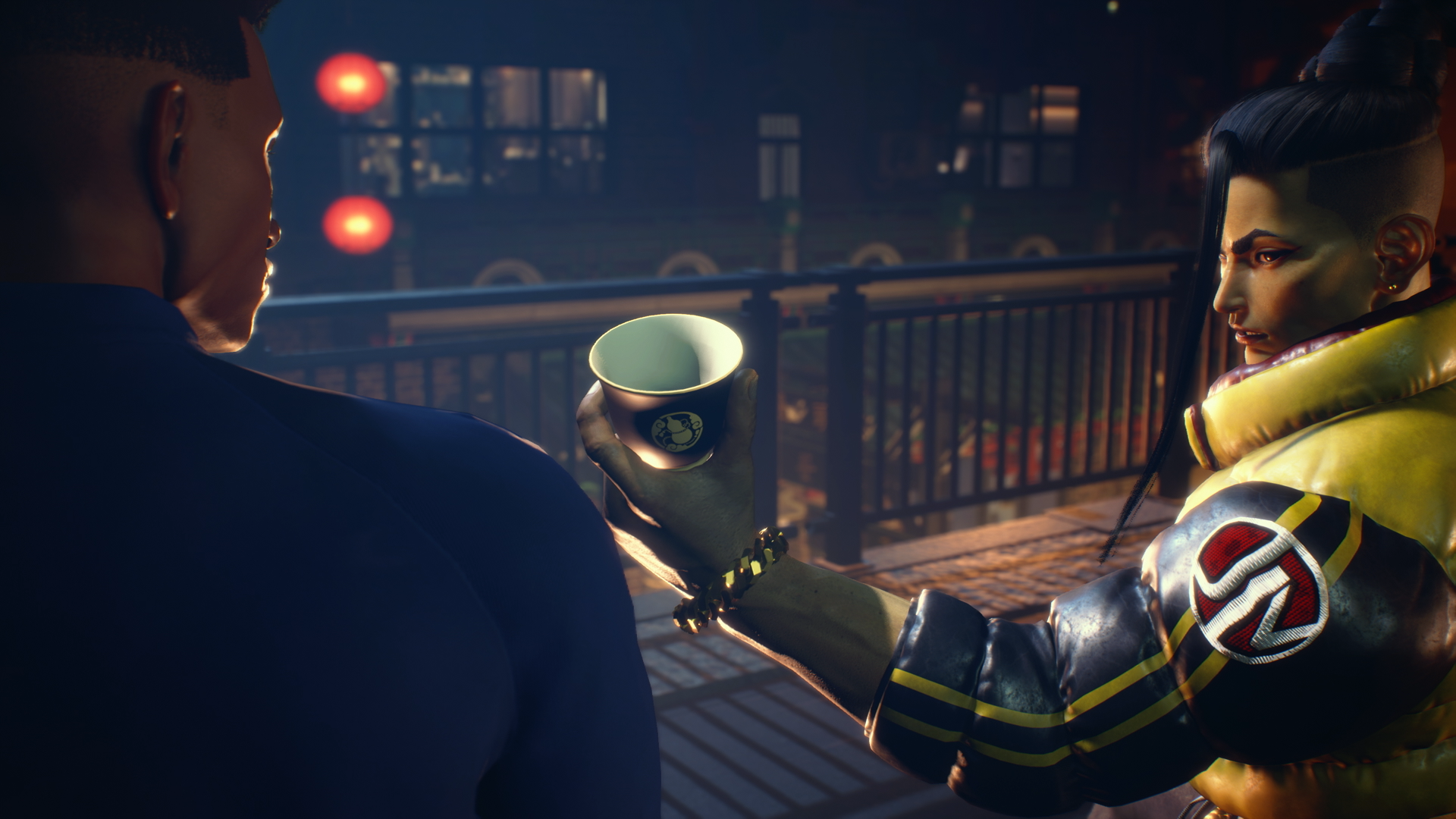 It’s also jarring to see how excellent the game looks during cutscenes and then you return back to models that look slightly ragged. World Tour mode is definitely the one that suffers the most from Street Fighter 6 being on last-gen hardware. It’s also an issue that can be solved with various patches to at least cover up some of the minor graphical bugs.
It’s also jarring to see how excellent the game looks during cutscenes and then you return back to models that look slightly ragged. World Tour mode is definitely the one that suffers the most from Street Fighter 6 being on last-gen hardware. It’s also an issue that can be solved with various patches to at least cover up some of the minor graphical bugs.
Secondly, I felt that the level scaling in this mode was off to compensate for difficulty. For example, even if you’re six or seven levels ahead of your opponent in the story-mode-specific fights, the damage output from your opponents’ moves does more damage than your own. This is also accounting for the buffs you receive from your equipment.
As a result, you almost have to rely on items that will buff your attacks or restore your health rather than it being a choice that you can ignore. I understand that World Tour is supposed to be like an RPG but it does feel slightly dirty when you’re restoring your health multiple times just to beat your opponent.
 Lastly, though I like how customizable your character’s move set can be, what you start out with when you become a master’s student is very limiting and, later on, becomes a grind. For example, when you enroll as Chun-Li’s student, you start off with only two moves. You don’t gain any other special moves, anti-airs or super arts until you level up your master’s progression bar. That means that unless you invest in a specific character until the end of their level limit, you might not unlock their cinematic super art, resulting in a limiting move list for your own character.
Lastly, though I like how customizable your character’s move set can be, what you start out with when you become a master’s student is very limiting and, later on, becomes a grind. For example, when you enroll as Chun-Li’s student, you start off with only two moves. You don’t gain any other special moves, anti-airs or super arts until you level up your master’s progression bar. That means that unless you invest in a specific character until the end of their level limit, you might not unlock their cinematic super art, resulting in a limiting move list for your own character.
Despite my issues with World Tour, it’s impressive how extensive this mode is (over 24 hours to complete), especially when it’s not the main reason why you play a fighting game. I love the character customization, the story is quite fun and there are lots of fan-service interactions that Street Fighter veterans will admire. World Tour mode is definitely something I can see Capcom expanding as Street Fighter 6 evolves in the coming years.
Fighting your ground among friends and foes
While World Tour is the focus if you’re in the mood to play a more story-centric mode, Fighting Ground is the bread and butter that you know from any fighting game. This mode is where you’ll find various modes such as arcade, online battles and classic local multiplayer. In my opinion, this is where you’ll most likely be spending the majority of your time outside of Battle Hub (the online mode that features your own avatar against others online).
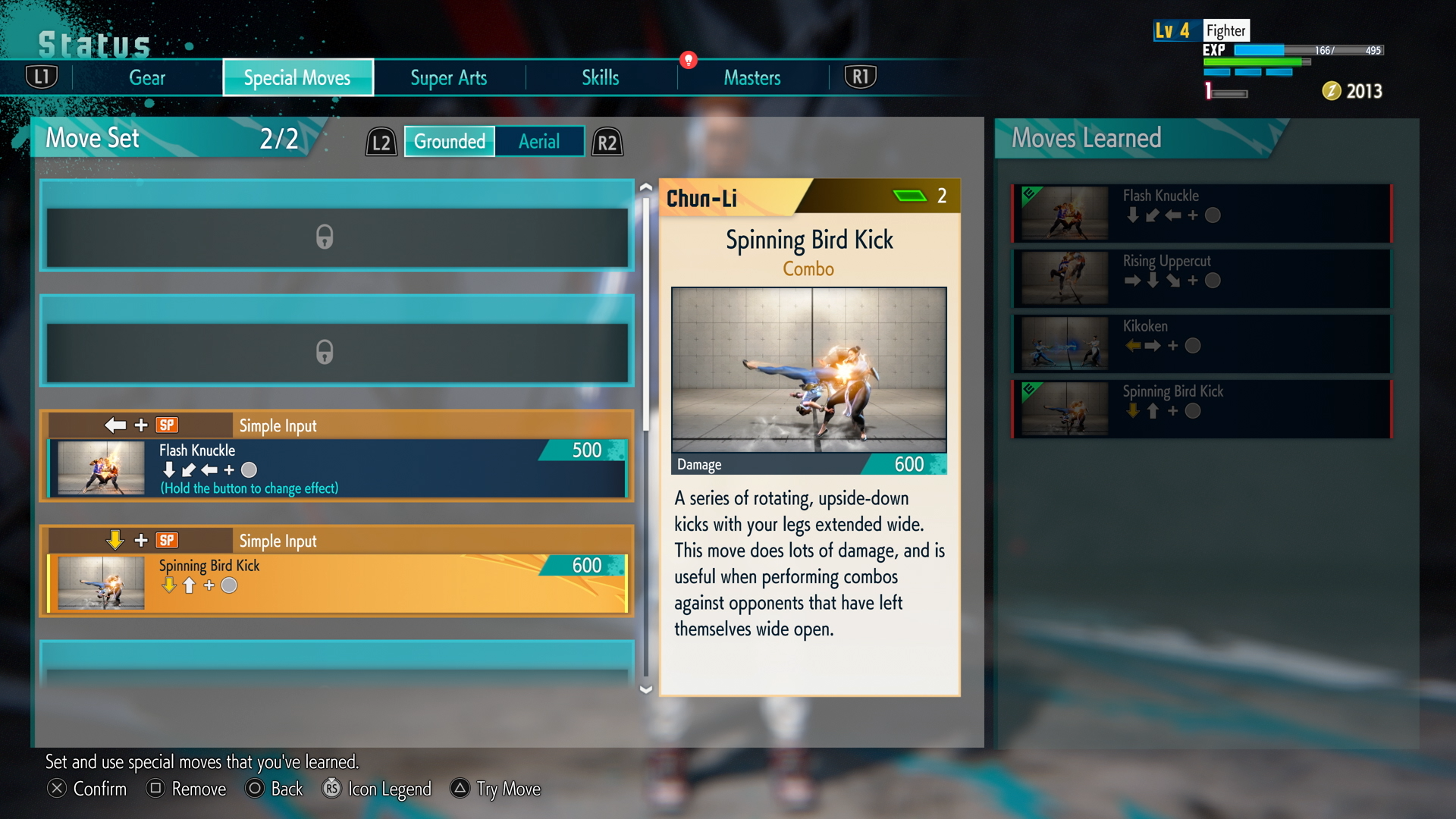
This was also the mode that rekindled that early memory of playing Street Fighter II with my family. It also highlights what Street Fighter can do to bring people together and shows that the local multiplayer experience has a certain magic that online can’t really deliver with a fighting game.
For Street Fighter 6, I played against three of my brothers on our TV in the living room, something that we haven’t done in a while besides the occasional Mario Party session. Besides the laughs, smack talk and figuring out characters that we both enjoyed, you start to see how your approach to combat changes the longer you play. Unlike online where you play against different people each time, you’re actively learning the mechanics of the game without any worries about lag or internet disconnections.
Helping out with that experience was Street Fighter 6‘s new ‘Modern’ control scheme. This essentially streamlines the combat to allow players to perform special moves easier. The trade-off compared to the regular ‘Classic’ controls is that you have less control over your initiated attack as it takes away the choice of your punches or kicks and instead categorizes these as light, medium or high attacks.
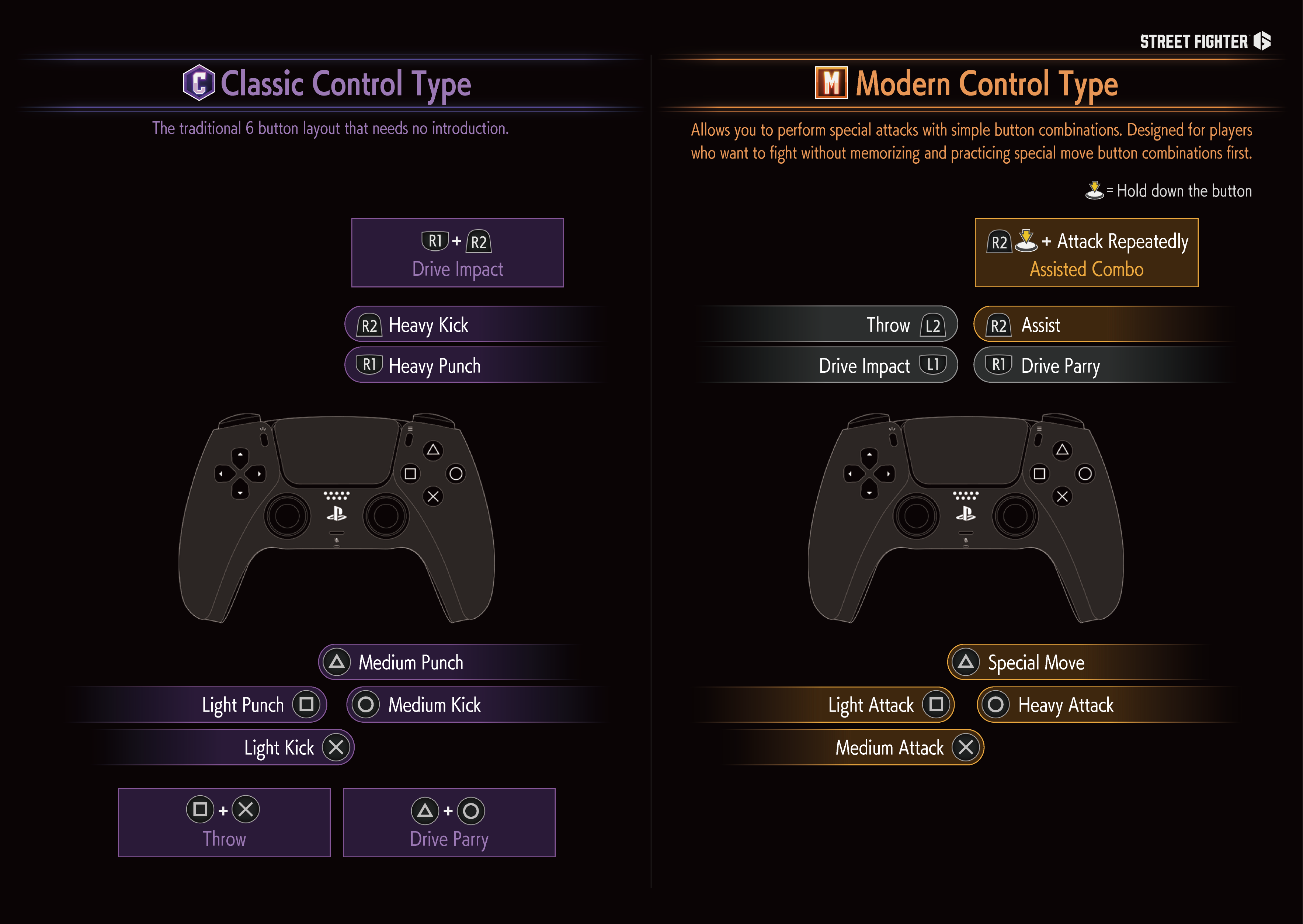 While I stuck to the Classic control, I think the Modern control scheme is a great addition to Street Fighter 6. Instead of my brothers just button-mashing their way through matches, they were discovering what inputs perform a certain move. That made learning a specific character all the more enjoyable, as you’re not playing against a button-masher but carefully considering how to approach combat situations.
While I stuck to the Classic control, I think the Modern control scheme is a great addition to Street Fighter 6. Instead of my brothers just button-mashing their way through matches, they were discovering what inputs perform a certain move. That made learning a specific character all the more enjoyable, as you’re not playing against a button-masher but carefully considering how to approach combat situations.
I know that some people may not like the inclusion of the Modern control scheme because it caters to the casual audience that may drop from the game after a few months. However, it’s an optional choice that’s not forced upon you and doesn’t affect the core gameplay.
Whether you like it or not, fighting games need to appeal to the general audience due to the way the gaming industry operates with big budgets and investments. Unfortunately, fighting games can’t survive with just the dedicated fighting game community as you need to bring in new people and try to retain them. There does need to be a balance of appealing to both audiences and, thankfully, I think Street Fighter 6 hits that middle ground.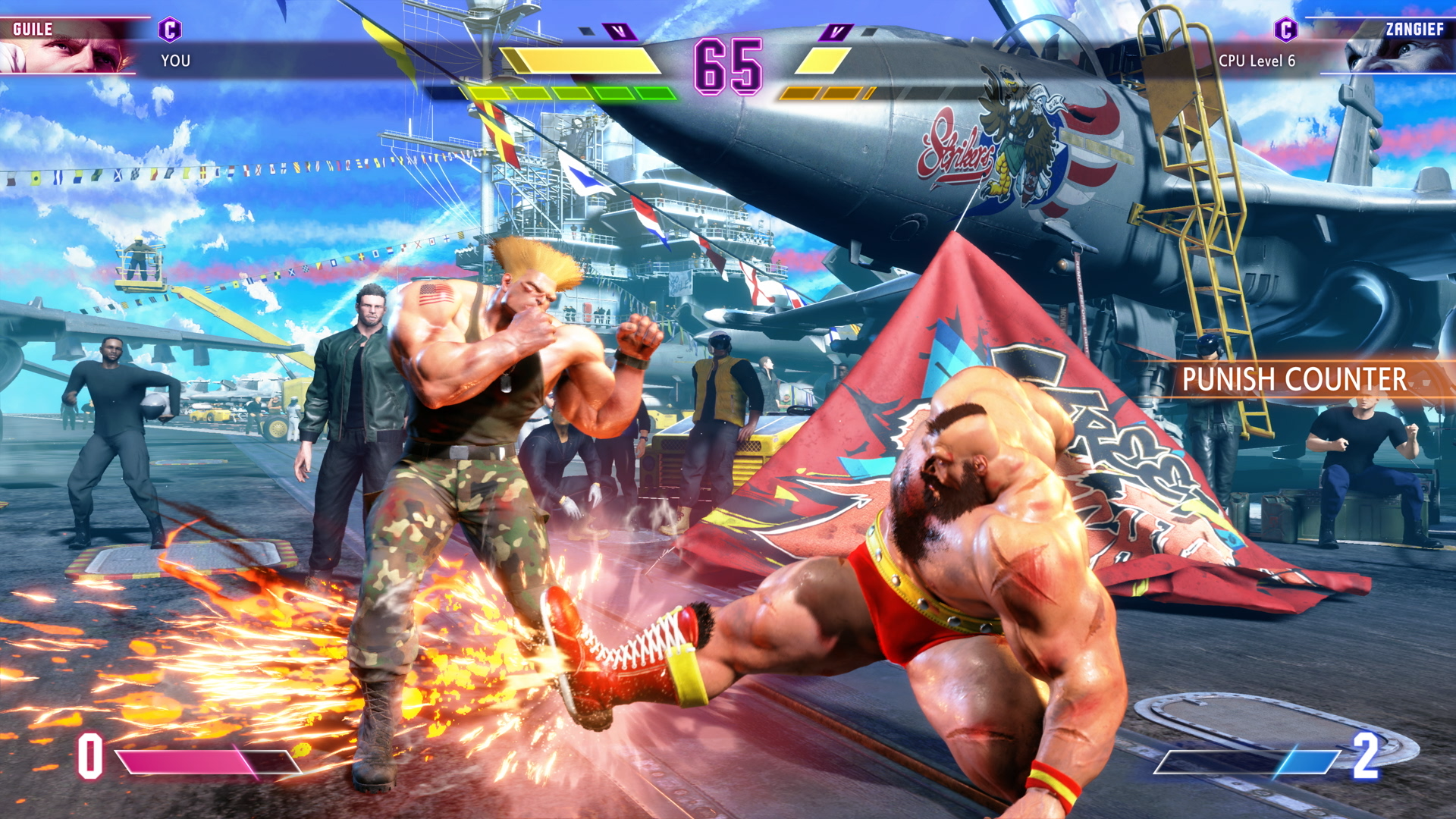 It’s also worth mentioning that there’s another control scheme called ‘Dynamic,’ which uses one-button inputs in combination with AI to predict what combos the player is trying to use. This control scheme is definitely less controversial in the competitive scene with the overreliance of AI so it’s easier to play against.
It’s also worth mentioning that there’s another control scheme called ‘Dynamic,’ which uses one-button inputs in combination with AI to predict what combos the player is trying to use. This control scheme is definitely less controversial in the competitive scene with the overreliance of AI so it’s easier to play against.
Becoming the best fighter on the streets
Overall, Street Fighter 6 delivers on all cylinders that were teased in the build-up to its release.
It solves lots of the issues that Street Fighter V suffered from in its initial launch with an extensive story mode, a good roster of characters (with more being added as part of a battle pass), smooth battles and a vibrant aesthetic that oozes personality.
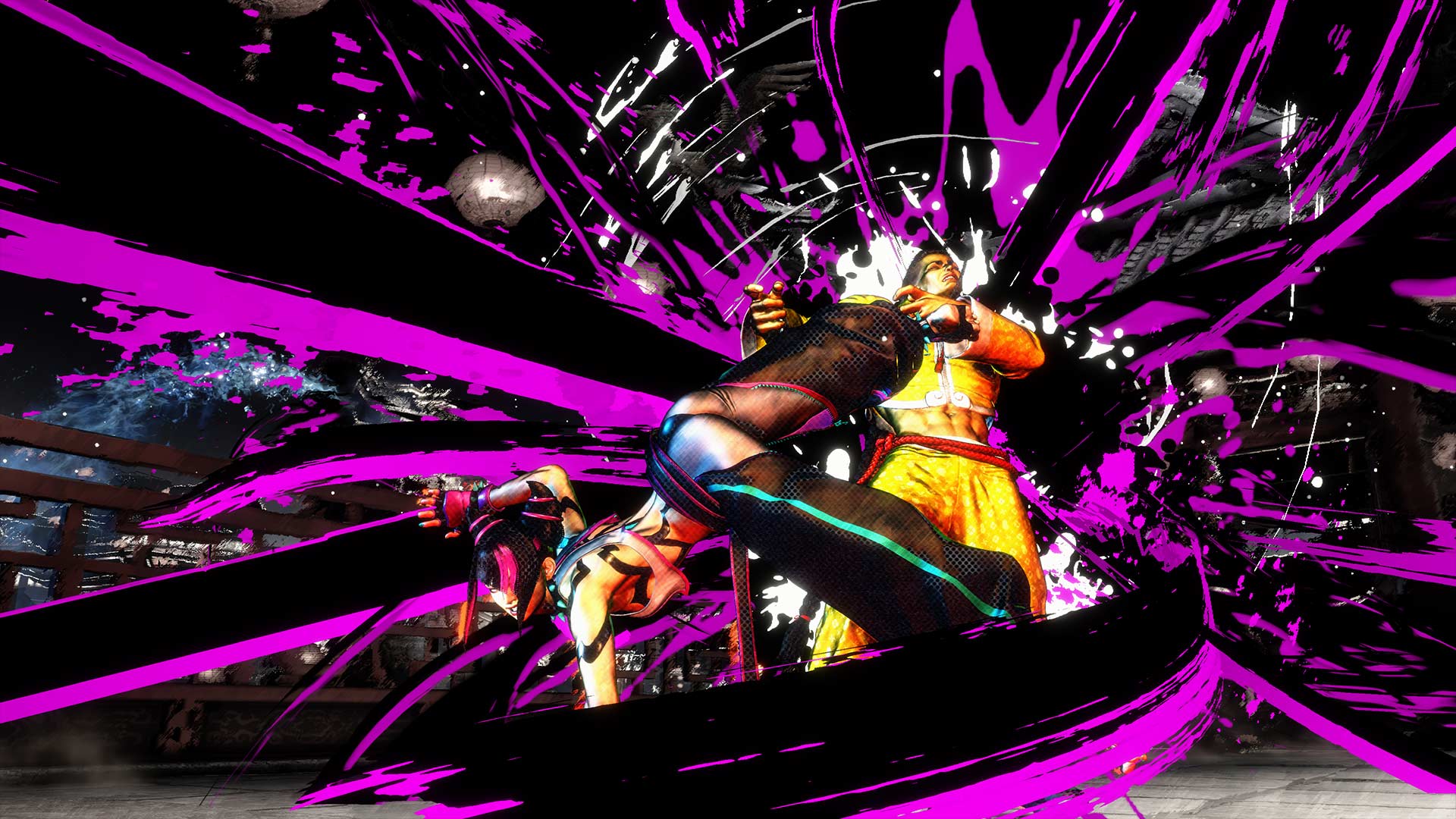 Since this series is known for adding extensive content post-launch, Street Fighter 6 has a solid foundation to grow into one of the most memorable fighting games in a long time. Personally speaking, I’m looking forward to creating new memories with friends and practicing to become a ‘local’ Street Fighter superstar.
Since this series is known for adding extensive content post-launch, Street Fighter 6 has a solid foundation to grow into one of the most memorable fighting games in a long time. Personally speaking, I’m looking forward to creating new memories with friends and practicing to become a ‘local’ Street Fighter superstar.
Street Fighter 6 is available on the PlayStation 4, PlayStation 5 (platform played for this review), Xbox Series S/X and PC via Steam. It is also available on Amazon for the PlayStation 4, PlayStation 5 and Xbox Series X.
MobileSyrup utilizes affiliate partnerships. These partnerships do not influence our editorial content, though we may earn a commission on purchases made via these links that helps fund the journalism provided free on our website.
